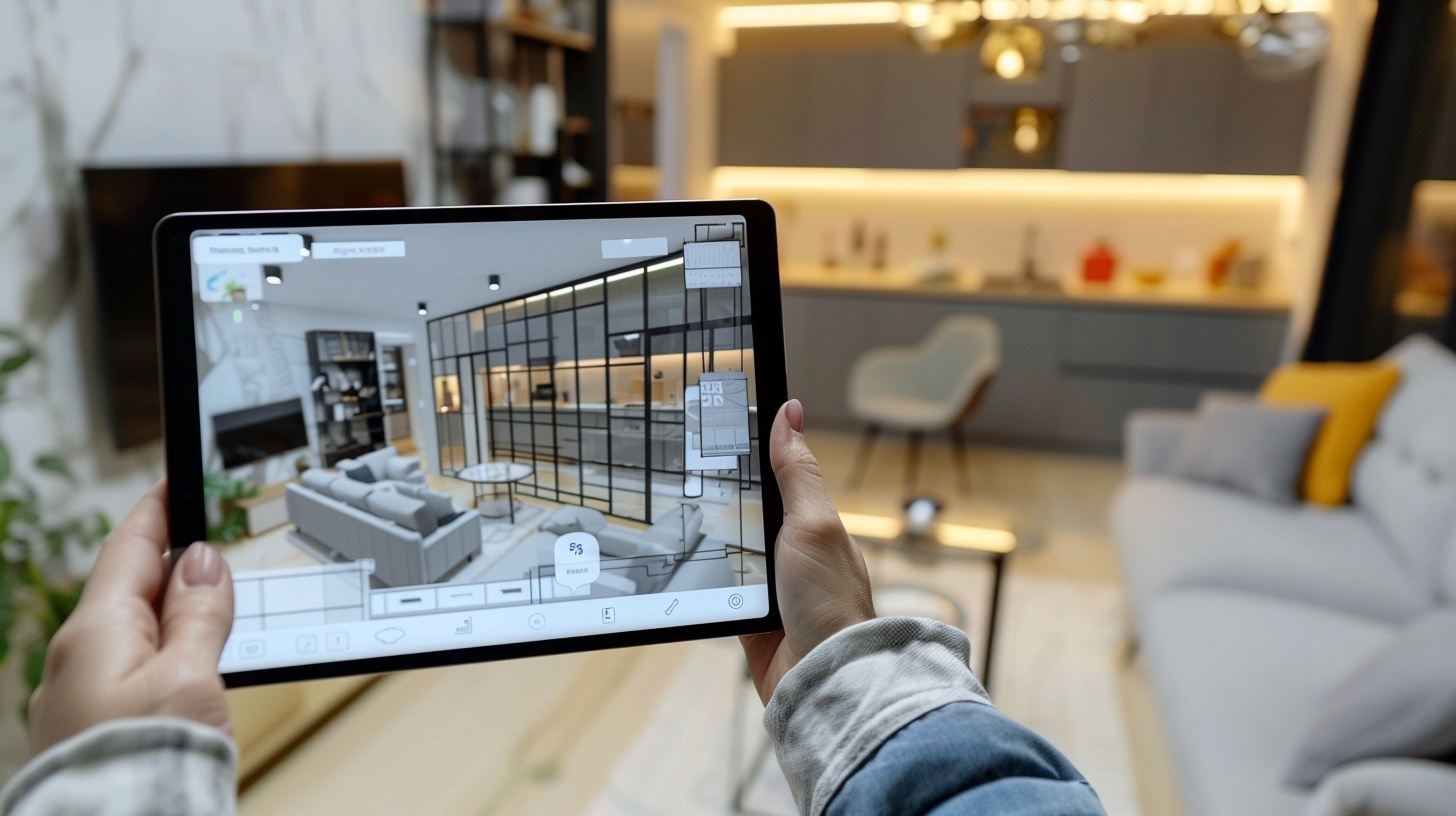
Architectural Adaptive Design Strategies for Aging in Place
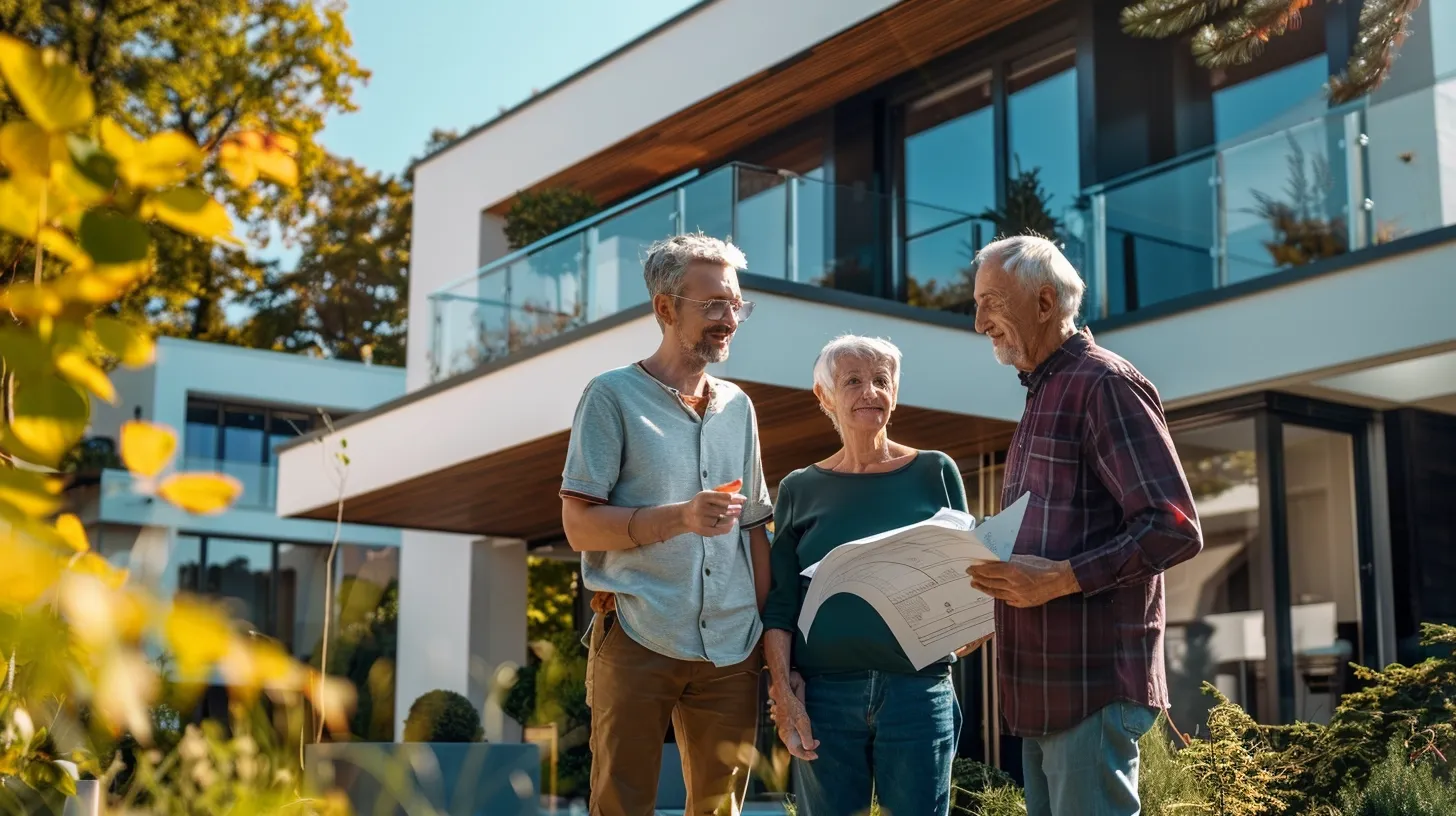
As we journey through life, our homes become more than just places to live; they become sanctuaries of comfort and familiarity. For many seniors, the concept of aging in place is not just a preference but a deeply rooted desire to remain in the cherished surroundings they’ve called home for years. But how can we ensure that our homes evolve with us as we age? That’s where design strategies for aging in place come into play.
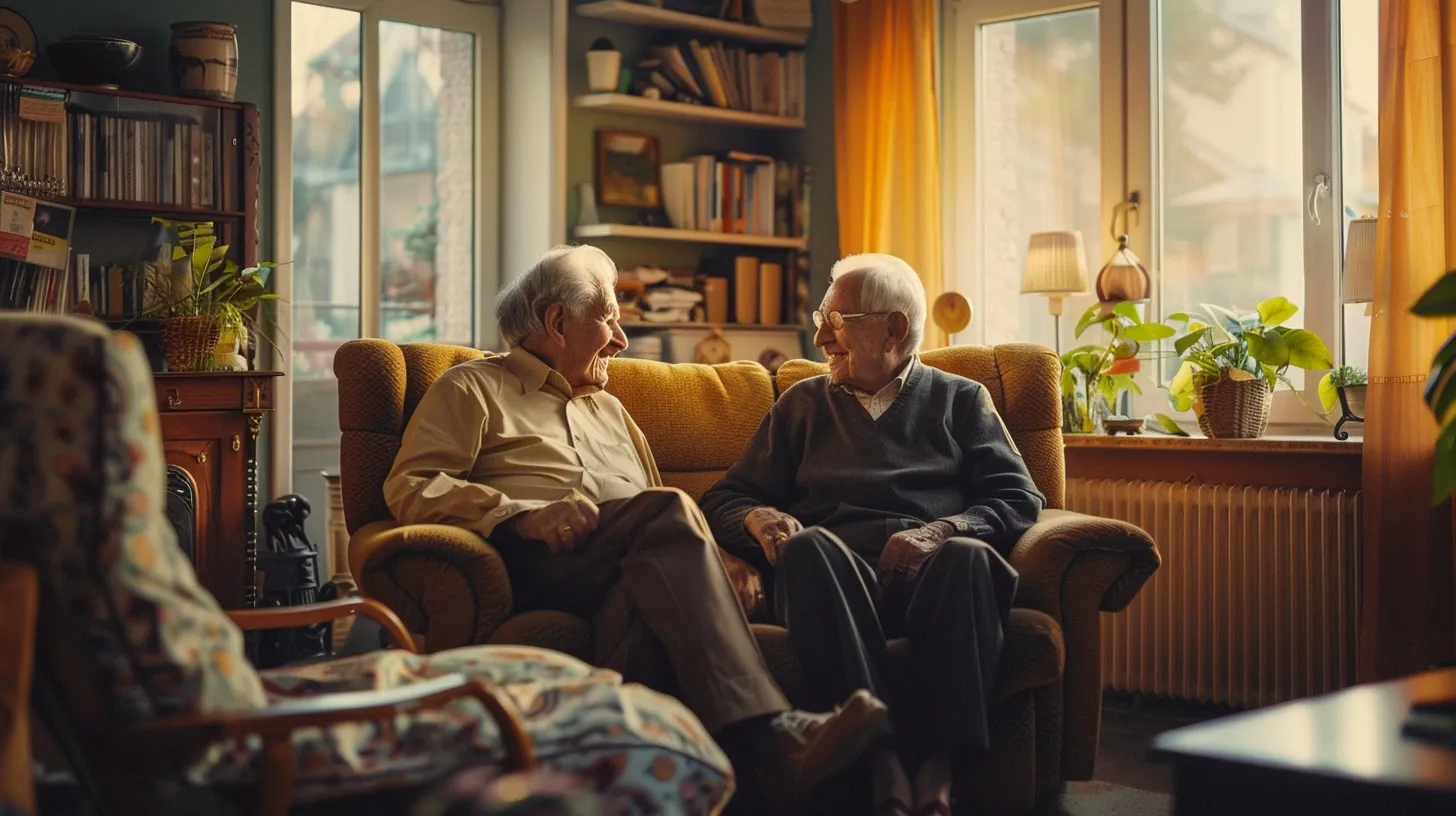
Latest
Other Topics
What Aging In Place Means
Aging in place means having the ability to continue living independently and safely in one’s own home and community, regardless of age or physical ability. It’s about creating environments that support not just the physical needs of seniors but also their emotional well-being and sense of belonging. This concept has gained traction in recent years, reflecting a growing recognition of the importance of maintaining autonomy and dignity in later life.
What These Design Strategies Entail When It Comes To Aging In Place
So, what exactly do these design strategies entail? At the heart of it is a focus on adaptability and accessibility. This means making thoughtful modifications to the home environment to accommodate the changing needs of aging individuals. Simple changes like adding grab bars in bathrooms, widening doorways for wheelchair access, and installing ramps or stairlifts can make a world of difference in promoting mobility and independence.
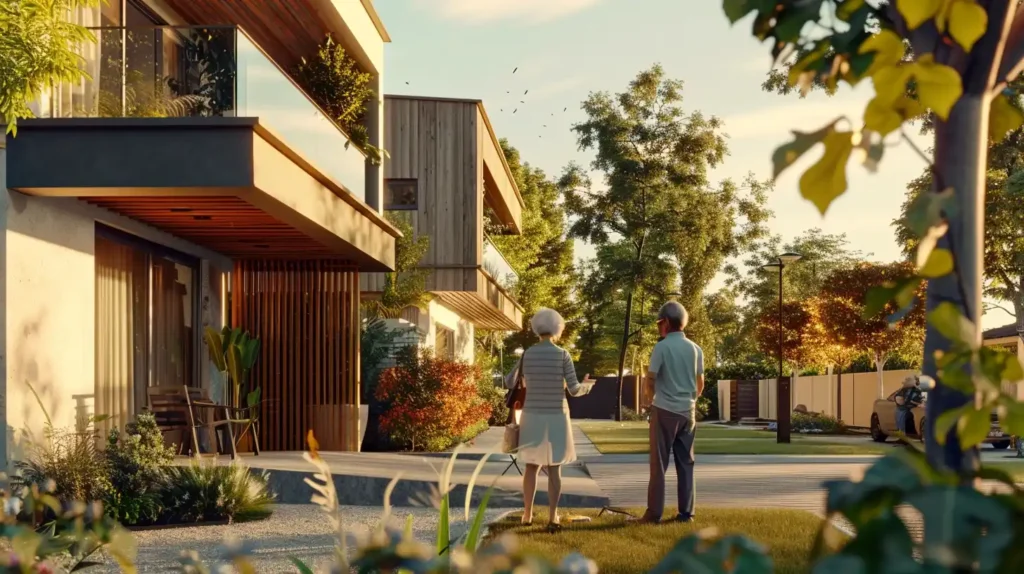
Making Good Use Of Technology
But it’s not just about physical modifications; it’s also about incorporating technology and universal design principles to create inclusive spaces. Smart home devices, such as motion sensors and remote monitoring systems, can enhance safety and convenience for seniors. Meanwhile, universal design ensures that living spaces are usable and accessible to people of all ages and abilities, promoting inclusivity and longevity in housing solutions.
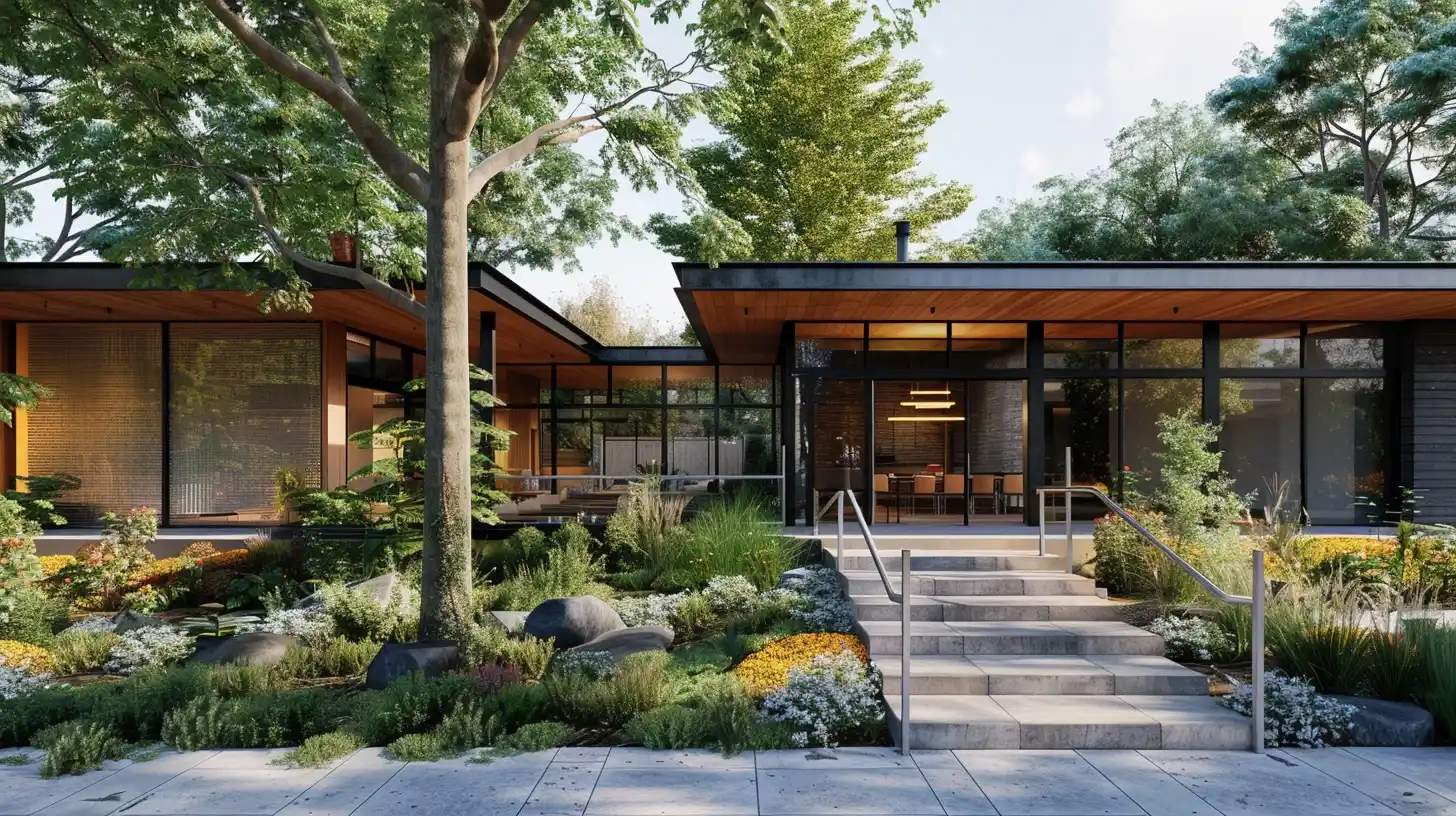
Understanding the Core Principles
Now that we’ve established the importance of design strategies for aging in place, let’s look closely at the core principles that underpin this approach. At its essence, designing for aging in place is about creating homes that are not only functional but also supportive of the evolving needs of seniors.
Adaptability
One of the fundamental principles of designing for aging in place is adaptability. This involves creating spaces that can easily be modified to accommodate changing needs and abilities. For example, incorporating features like adjustable countertops or modular furniture allows for greater flexibility in how the space is used, ensuring that it can adapt to the unique requirements of each individual.
Accessibility
Accessibility is another key consideration in designing for aging in place. This involves removing barriers and obstacles that may impede mobility and independence. Simple modifications like installing handrails along staircases, replacing traditional doorknobs with lever handles, and eliminating tripping hazards can make a significant difference in promoting accessibility and safety within the home.
Inclusivity
Inclusivity is an essential aspect of designing for aging in place, ensuring that living spaces are usable and welcoming to people of all ages and abilities. Universal design principles, which emphasize creating environments that are accessible to everyone, regardless of physical limitations, play a crucial role in promoting inclusivity. By incorporating features like zero-step entries, wide doorways, and open floor plans, designers can create spaces that accommodate diverse needs and preferences.
Comfort
Comfort is paramount in designing for aging in place, as it directly impacts the quality of life and well-being of seniors. This goes beyond just physical comfort to encompass factors like thermal comfort, acoustic comfort, and emotional comfort. Incorporating elements like ample natural light, comfortable seating areas, and soothing color palettes can help create a sense of warmth and tranquility within the home.
Safety
Safety is perhaps the most critical consideration in designing for aging in place, as it directly affects the health and well-being of seniors. This involves identifying and addressing potential hazards within the home environment, such as slippery floors, inadequate lighting, and lack of grab bars. By implementing safety features like non-slip flooring, well-lit pathways, and strategically placed handrails, designers can create homes that prioritize the safety and security of aging individuals.
Practical Tips for Adaptive Design Strategies Implementation for Aging in Place
Now that we’ve outlined the core principles of design strategies for aging in place, some practical tips and strategies for implementing these principles in real-world design scenarios might be worth looking at. Whether you’re renovating an existing home or building a new one, these tips can help guide you in creating a space that is both functional and supportive of the needs of seniors.
Conduct a Home Assessment
Start by conducting a thorough assessment of the home environment to identify any existing barriers or obstacles to aging in place. This may involve evaluating factors such as layout, lighting, accessibility, and safety features. By understanding the unique challenges and opportunities of the space, you can develop a more tailored approach to design.
Prioritize Safety
Safety should be a top priority in designing for aging in place. Be sure to address common safety hazards such as slippery floors, uneven surfaces, and inadequate lighting. Install grab bars in key areas like bathrooms and staircases, and consider incorporating features like non-slip flooring and motion-activated lighting for added safety and security.
Focus on Accessibility
Accessibility is essential for promoting independence and mobility among seniors. Ensure that key areas of the home, such as entrances, hallways, and bathrooms, are easily navigable for individuals with mobility impairments. This may involve widening doorways, installing ramps or stairlifts, and eliminating tripping hazards.
Maximize Comfort
Comfort is essential for promoting well-being and quality of life among seniors. Pay attention to factors like temperature control, lighting, acoustics, and ergonomic design. Incorporate features like ample natural light, comfortable seating areas, and soft flooring materials to create a sense of warmth and tranquility within the home.
Consider Future Needs
When designing for aging in place, it’s essential to consider the future needs of seniors. Anticipate potential changes in mobility, vision, and cognitive function, and design spaces that can easily adapt to these evolving needs. Incorporate features like adjustable fixtures, flexible living spaces, and easy-to-use technology to future-proof the home for aging in place.
Conclusion
In essence, design strategies for aging in place are about more than just renovating homes; they’re about reimagining the way we think about living environments for seniors. By prioritizing adaptability, accessibility, and inclusivity, we can create spaces that not only meet the needs of aging individuals but also enhance their quality of life and sense of well-being.
At Designs Boss, we specialize in architectural design solutions that prioritize adaptability, accessibility, and inclusivity for seniors. Our team of experts is here to guide you every step of the way, from initial consultations to final construction, ensuring that your home is tailored to meet your unique needs and preferences. Contact Us today, to learn more!!!

